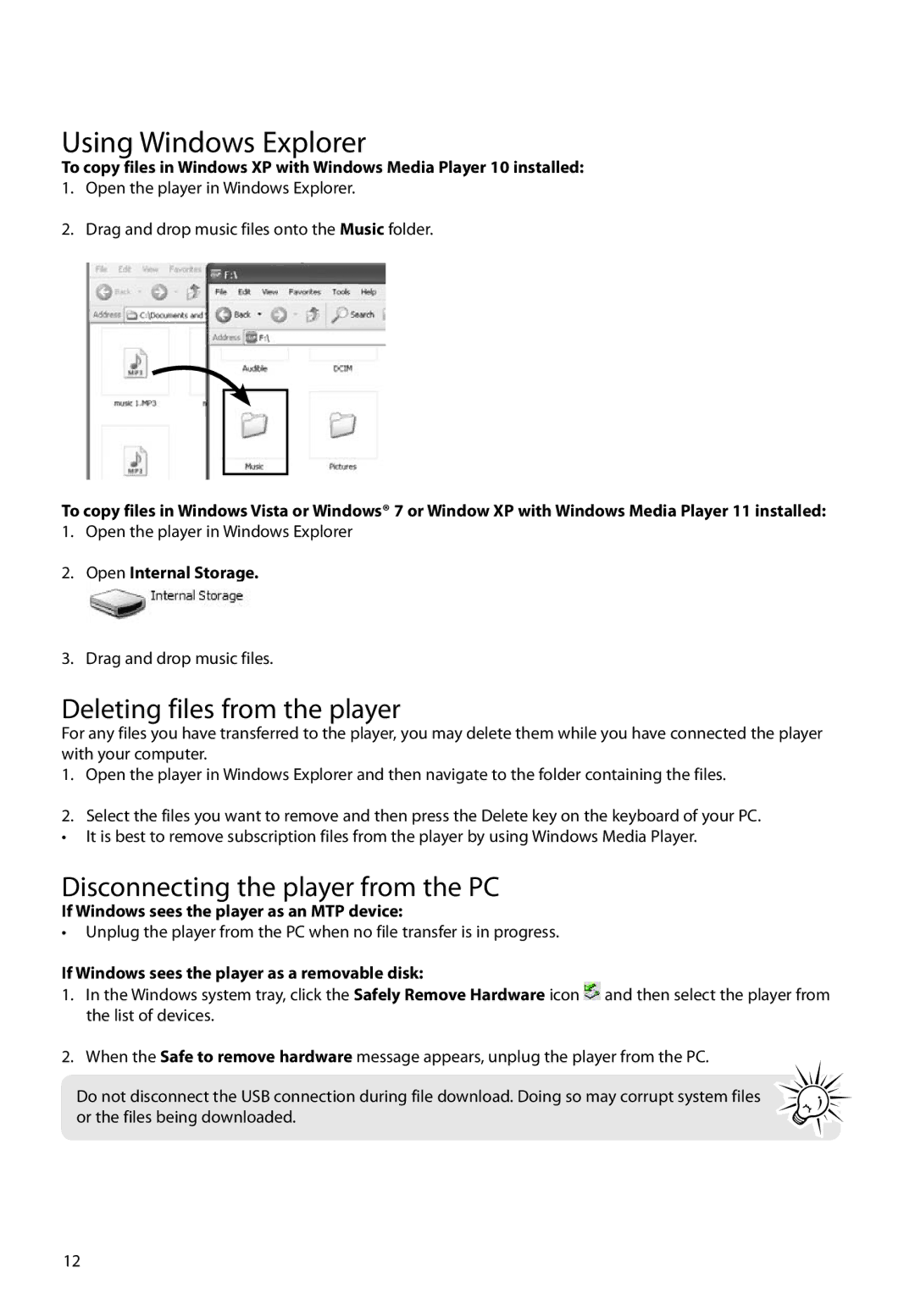M46, M45 specifications
The RCA M45 and M46 are distinguished models in the realm of radio communication technology, prominently recognized for their advancements in audio and communication quality during the mid-20th century. These models epitomize RCA's commitment to innovation and engineering excellence in the development of consumer electronics.The RCA M45, introduced in the early 1950s, was designed as a versatile communication device featuring crystal-clear audio transmission capabilities. It was particularly notable for its robust build, durability, and user-friendly interface. One of the standout features of the M45 was its wide frequency range, allowing it to operate effectively across various wavelengths. This made it suitable for both amateur radio operators and commercial applications. The radio also included a high-fidelity speaker system that provided superior sound reproduction, enhancing the listening experience for users.
The RCA M46, an evolution of the M45, built upon its predecessor's foundation with several technological advancements. Launched shortly after the M45, the M46 was equipped with enhanced modulation capabilities, allowing for clearer audio signals and reduced interference. This model embraced the transition from analog to more sophisticated electronic circuitry, which improved the overall performance and reliability of the radio. Furthermore, the M46 featured multiple operational modes, including single sideband (SSB) and amplitude modulation (AM), making it versatile for various communication needs.
Both models were known for their distinctive design, often characterized by streamlined aesthetics and ergonomic controls, which appealed to users visually and functionally. RCA's dedication to quality control ensured that these devices were built to withstand the rigors of regular use. Moreover, the incorporation of advanced tuning mechanisms made signal acquisition easier and more precise.
In summary, the RCA M45 and M46 embody a significant period in the evolution of communication technology, blending innovative features with robust engineering. Their legacy continues to influence modern radio design, inspiring new generations of audio and communication devices that prioritize clarity, reliability, and user experience. The M45 and M46 remain testaments to RCA's legacy, showcasing how effective communication technology can transform connectivity and interaction.

